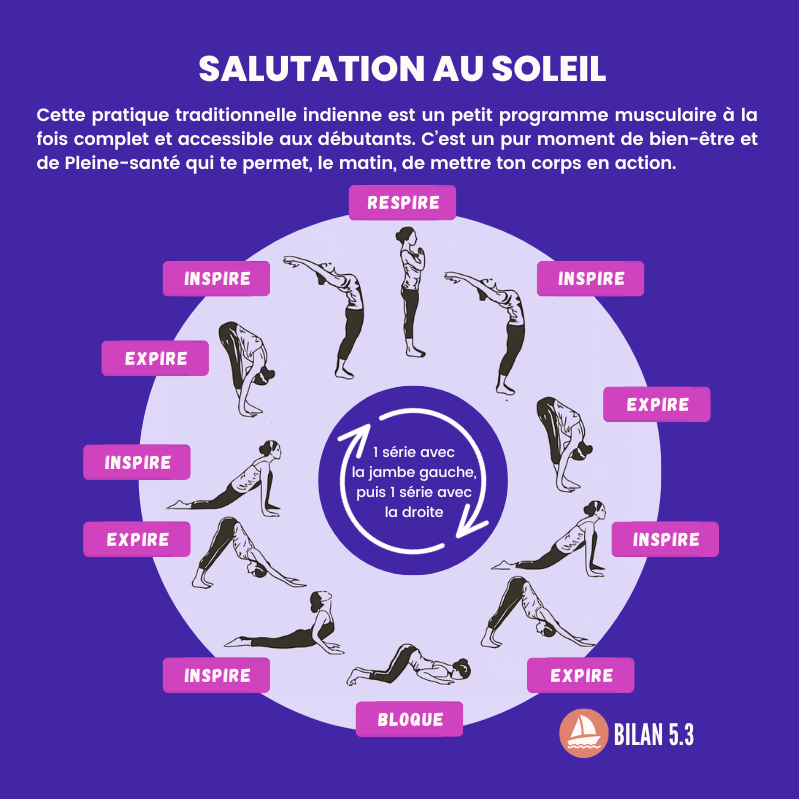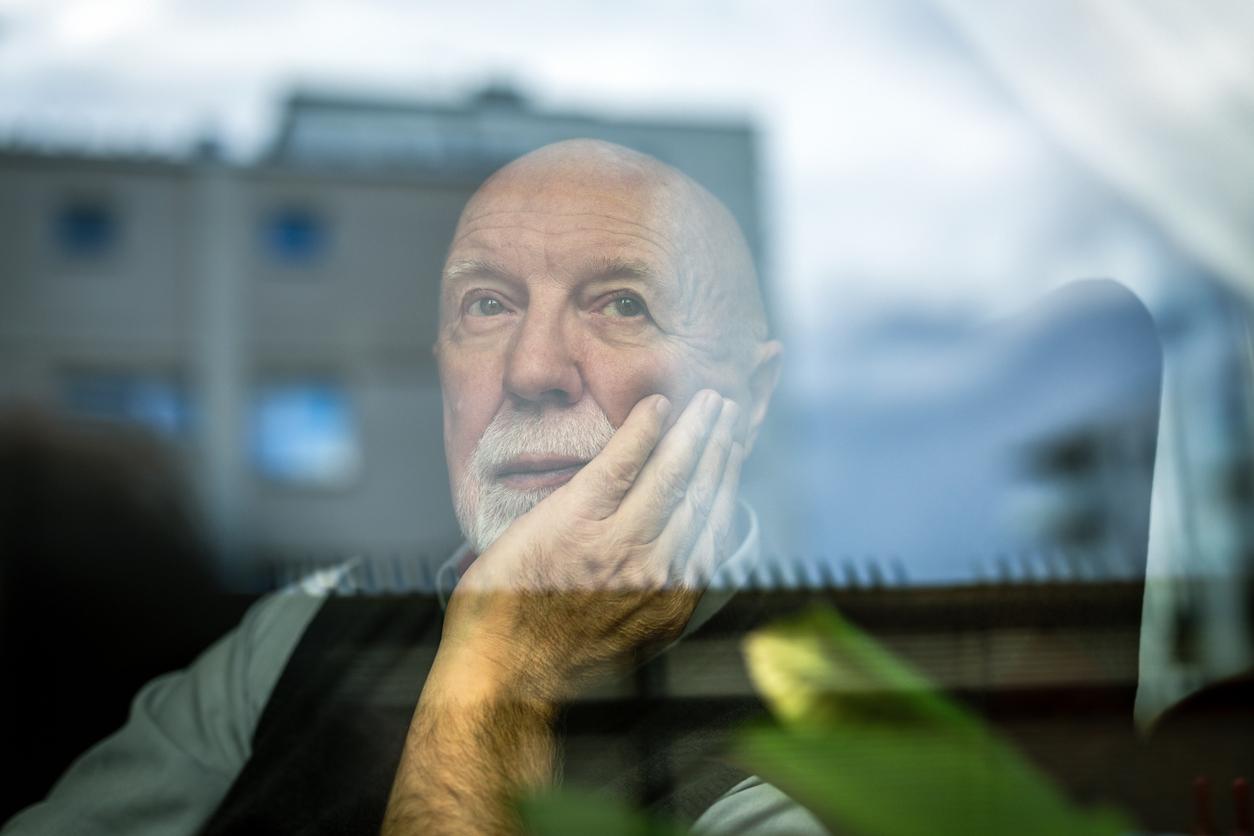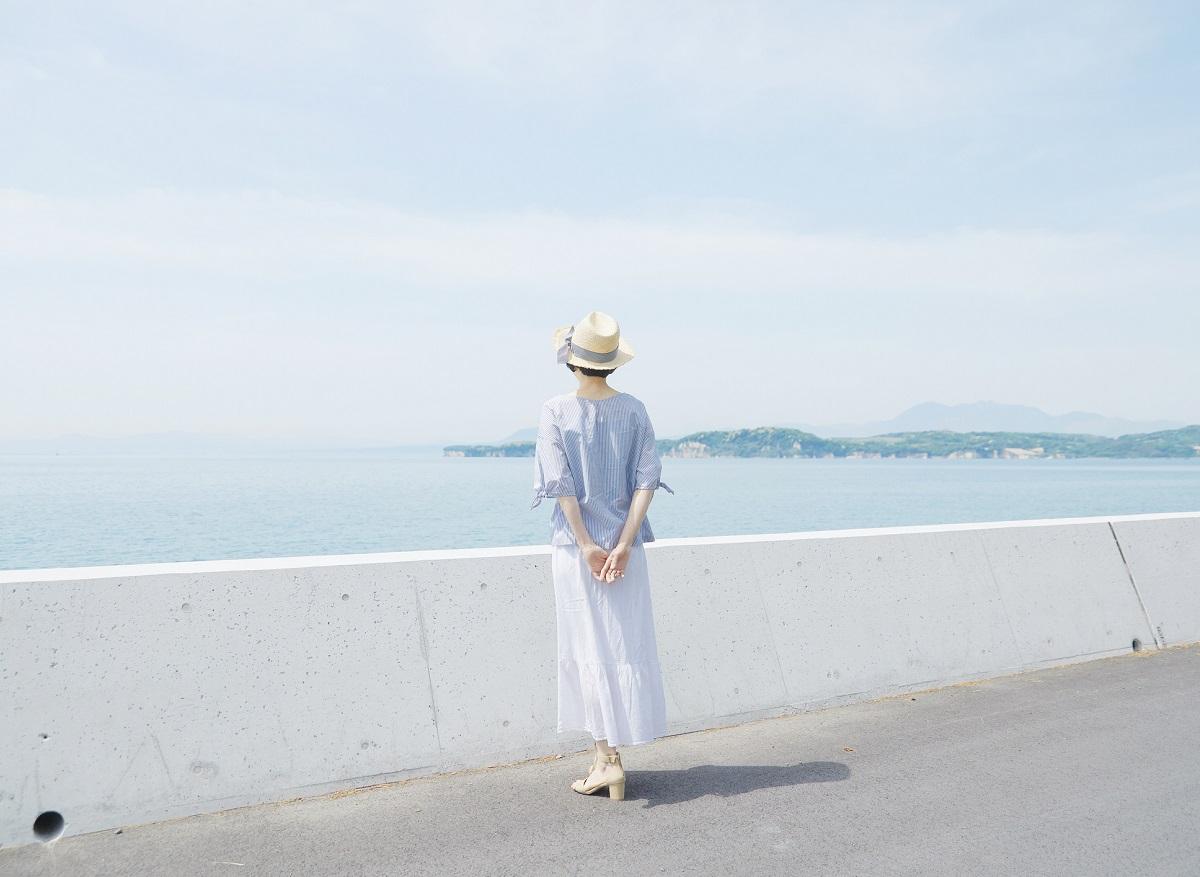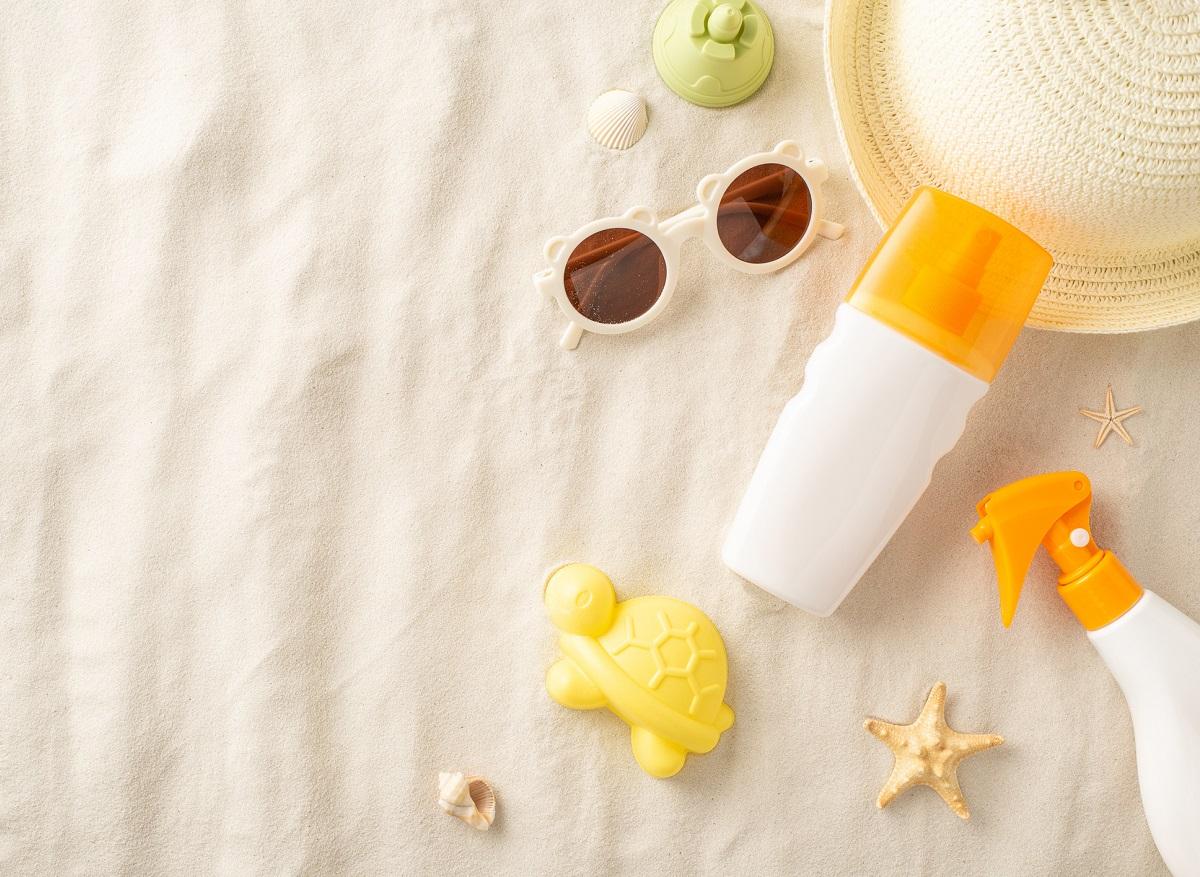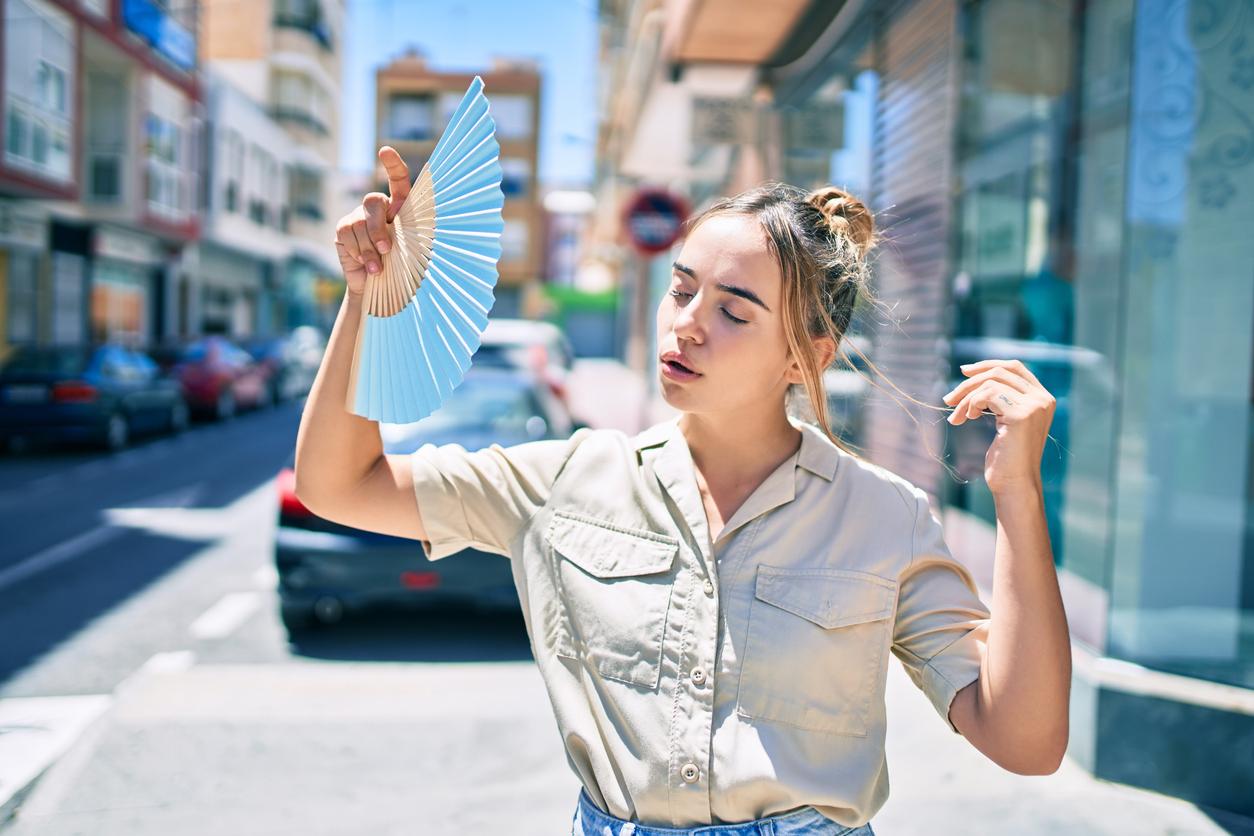For years, vitamin D has been labeled a “vitamin for the elderly”. We knew that, after a certain age, it was important not to run out to avoid the risk of osteoprosis, so few people under the age of 65 were worried about whether or not they were deficient in vitamin D. .
But since several studies have shown that vitamin D helps fight the coronavirus and above all, limits the risk of suffering from a severe form of covid-19, everyone is looking to refuel. And since we know that the skin can produce it under the action of the sun’s rays, how long should you be exposed?
Not enough UVB rays in winter
“An exposure to the sun, twice a week 15 to 30 minutes are sufficient to properly metabolize vitamin D “, explains on the site of the League against cancer Dr Annie Sasco, epidemiologist for cancer prevention. But it also specifies that the guarantee of a good reserve of vitamin D also depends “on the age, the diet, the pigmentation of the skin, the place where you live, and the strength of the rays of the skin. Sun”.
Moreover, these recommendations are especially valid in fine weather. Because from November to March in our latitudes, the sun is rarely high enough in the sky for enough ultraviolet B rays to enter the atmosphere and allow the body to synthesize vitamin D.
Do not compensate for this lack of sunlight by exposure to artificial UV. The National Cancer Institute (Inca) indeed recalls that this practice is correlated with a sharp increase in skin cancers and in particular melanoma, the number of cases of which has more than tripled over the past thirty years. Instead, ask your doctor for a vitamin D ampoule or take cod liver oil.
Read also :
- Vitamin D: 4 diseases it can prevent
- Vitamin D: in ampoules, capsules, drops, which one to choose?
- Vitamins and minerals: the right duos











